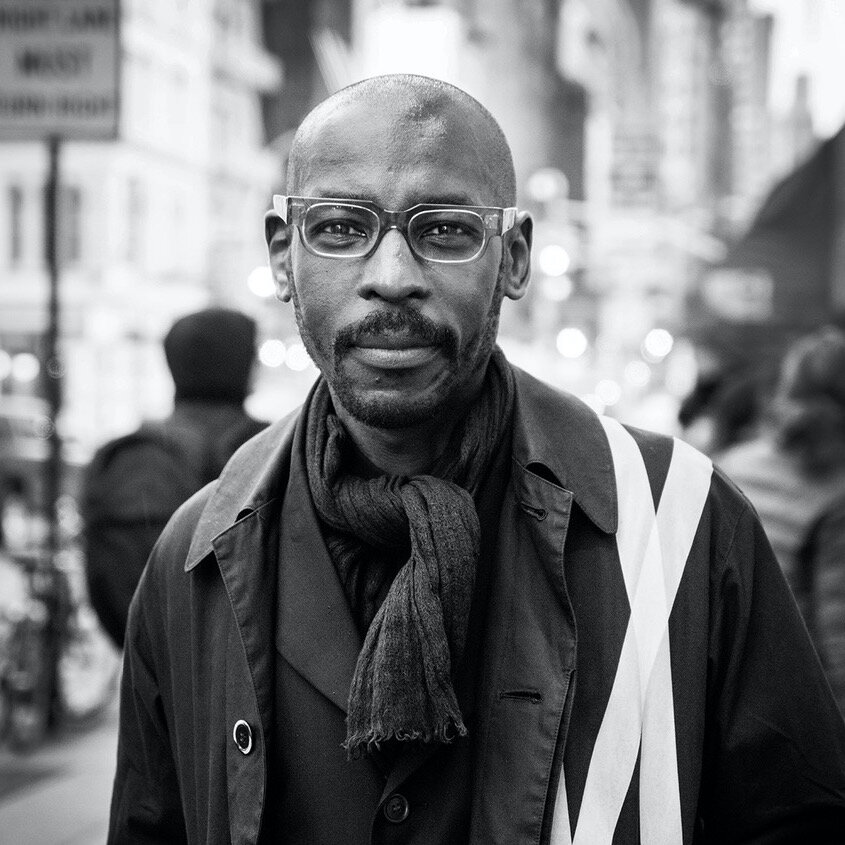[photo credit: Shaadrach]
Mario Gooden
Mario Gooden is a cultural practice architect and sole principal of Huff + Gooden Architects. His practice engages the cultural landscape and the intersectionality of architecture, race, gender, sexuality, and technology. His work crosses the thresholds between the design of architecture and the built environment, writing, research, and performance. Gooden’s performance Working on Water, was presented in New York at Columbia University in October 2019. His earlier performance works, Black Holes Ain’t So Black was presented at the Museum of Modern Art’s Pop Rally Studio Visit: Practice as Ritual in 2018 and The Motion of Light in Water was presented at the Princeton University BIM Incubator in 2019. Gooden’s work has been exhibited nationally and internationally including the International Exhibition of Architecture Biennale in Venice, Italy, Architekturmuseum der TU Mūnchen, the Netherlands Architecture Institute (NAi), Storefront for Art and Architecture, the National Building Museum in Washington, DC, and the Municipal Arts Society in New York. His work has also been featured in journals and publications including ARTFORUM International Magazine, Architect Magazine, Architectural Record Magazine, Metropolis, Wallpaper, Architecture & Urbanism (A+U), and The New York Times. He previously worked in the studios of Zaha Hadid in London and Steven Holl in New York.
Gooden is also a Professor of Practice at the Graduate School of Architecture Planning and Preservation (GSAPP) of Columbia University where he is the co-director of the Global Africa Lab (GAL). He teaches advanced architectural design and theory at Columbia University, and in 2020 was appointed as a Research Associate with the Visual Identities in Art and Design Research Centre, University of Johannesburg. He is a 2012 National Endowment for the Arts Fellow, a MacDowell Colony Fellow, a 2019 National Academy of Arts and Letters Award in Architecture recipient. Gooden is the author of Dark Space: Architecture Representation Black Identity (Columbia University Press) published in 2016, as well as numerous essays and articles on architecture, art, and cultural production.

